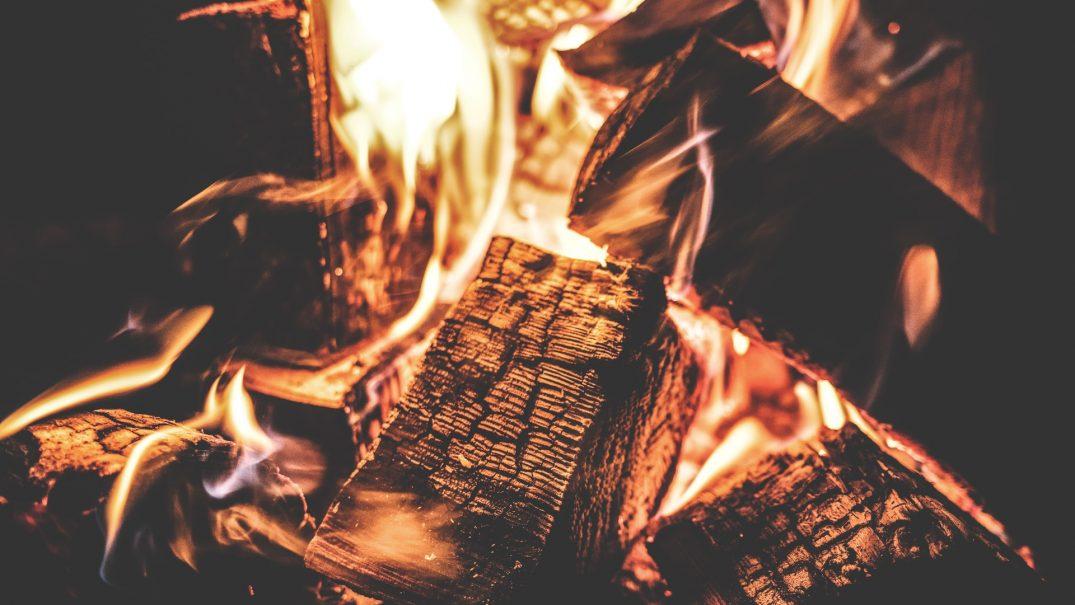Introduction
With the development of burners, the burning speed becomes faster and faster, and the demand for the cache capacity of the burner is also increasing, but the increase in the cache capacity is limited by the cost It can't keep up with the development of burning speed. As you all know, when burning a blank disc, no matter what method or format is used to burn the data, the recorder will read the data into the buffer in advance. When the recorder’s buffer is full, the recorder It will start to execute the action of burning data, and there must be enough data in the cache to supply the burner to ensure the smooth completion of the burning. However, when data is transferred to the recorder's buffer, due to various reasons, the input speed may not keep up with the recorder's writing speed. If the data in the buffer is exhausted, Buffer Under Run will occur. Load) error, then the recording will fail and the disc will be scrapped. In order to avoid the occurrence of buffer underrun errors, optical storage manufacturers have successively developed some anti-engraving technologies, hoping to minimize the impact of recording when data is interrupted for a short time.
The anti-engraving technology is improved in the laser head positioning accuracy and Fireware software. When the data transmission is interrupted, the burner will automatically record the breakpoint and stop the burning action. When the internal data meets the requirements, it will automatically find the breakpoint to continue burning. This avoids the occurrence of cache underrun errors, but the anti-engraving technology also has its own inherent shortcomings. First of all, the use of anti-engraving technology will waste time and disk space. When using the anti-engraving technology, the bald head must start writing The state becomes the read state, and the breakpoint should be recorded, and then wait for the data in the cache to be full before writing from the breakpoint. Generally speaking, it takes about 30 seconds for each use of the anti-engraving technology. At the same time, for some recorders with low optical head accuracy, the next time the optical drive may not be read smoothly due to inaccurate breakpoint positioning. Some anti-burning technologies will also cause side effects such as popping sound on the burned CD. Despite the above flaws, anti-engraving technology is still one of the best ways to reduce the probability of bad disks.
Types of anti-engraving technologies
The anti-engraving technologies developed by various manufacturers are different, and the following are mainly used:
Burn-Proof< /p>

JustLink technology
Seamless Link technology
Power Burn technology
Exaclink technology
SAFEBURN technology
SMART Clone technology
WriteProof technology
SuperLink technology
Other information
There is also a common technology called optical engraving recording Technology. In fact, the optical engraving recording and the above recording technology are not the same. The optical engraving technology is a technology jointly developed by HP and Verbatim that allows users to write personalized patterns on the back of the disc. It needs the support of both the burner and the disc. Light carving technology uses laser to engrave a layer of special material coated on the disc to change its color to achieve the effect of engraving. The physical structure of the optical engraving recorder has an extra optical head than the general DVD recorder products, and the "optical positioner" specially used for positioning is used to ensure accurate positioning when engraving patterns. Generally, CDs that support light carving are slightly more expensive than ordinary CDs.
